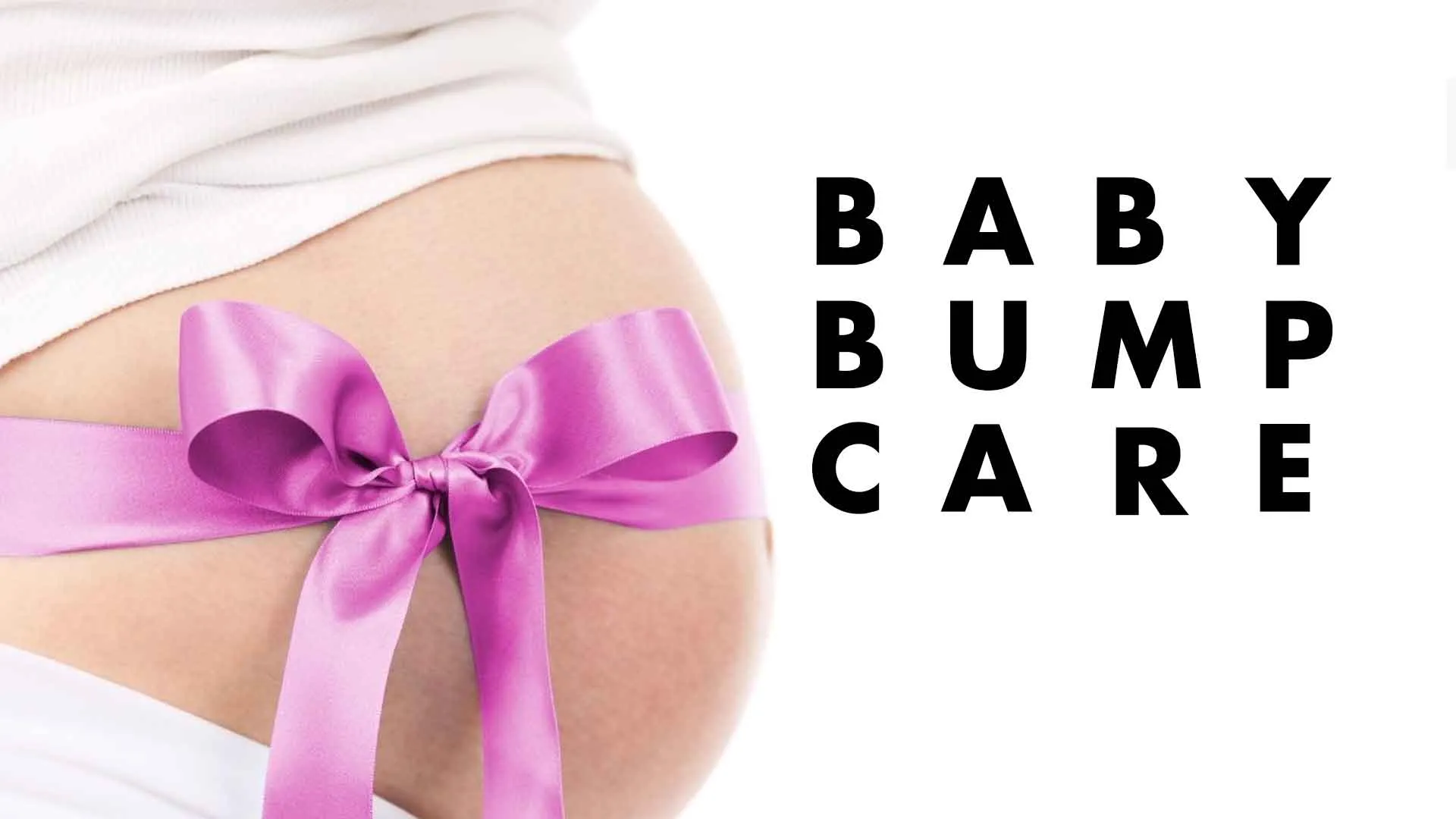
Pregnancy is a beautiful journey filled with anticipation and excitement, but it also comes with its own set of challenges. Caring for a baby bump during pregnancy is essential for both the mother's comfort and the baby's health. As the body undergoes significant changes, it’s important to adopt practices that promote skin health, manage discomfort, and enhance overall well-being.
Table of Content:-
From managing skin changes to alleviating physical discomfort, there are several practical steps you can take to nurture your baby bump throughout this transformative experience. We reached out to Dr Pankila Mittal, Consultant Obgy & Fertility Specialist, Director at Gynae Bliss, Delhi and she gave some effective tips to help you care for your baby bump throughout your pregnancy journey.
How To Start Care In The First, Second, and Third Trimester?
Each trimester brings its own set of developments and challenges, making it crucial for expectant mothers to stay informed about what to watch for. According to Dr Pankila Mittal, here are some key points to keep in mind during each stage of your pregnancy.
- First Trimester (Weeks 1-12): Look for mild cramping as your uterus expands, but any sharp pain or bleeding should prompt a visit to your gynaecologist. Gentle moisturisers can help prevent itchiness from skin stretching.
- Second Trimester (Weeks 13-26): Monitor for Braxton Hicks contractions, which are mild tightening sensations. As your bump grows more prominent, invest in supportive maternity wear and avoid any pressure on your belly.
- Third Trimester (Weeks 27-40): Be alert for signs of labour, such as regular contractions or leaking fluid. Apply rich creams for stretch marks and avoid excessive lifting or sudden movements to prevent strain.
Does a small bump mean a small baby?
“Not always,” answered Dr Pranika as she detailed that the size of a pregnant woman's baby bump can vary widely and is influenced by several factors. It includes the mother's height, body type, and overall health. Additionally, the position of the baby and the amount of amniotic fluid can also play a role in how prominent the bump appears. Therefore, a smaller bump does not always correlate with a smaller baby.
Does it hurt if anyone presses the bump?
When it comes to touching the baby bump, a light touch can be soothing and comforting for expectant mothers. Our expert explains gentle rubbing or caressing typically does not cause any harm and can foster a sense of connection with the baby. However, it’s important to be cautious about excessive pressure.
Strong pressing or impact can lead to discomfort or even pose risks, particularly if the placenta is low-lying or if there are existing complications in the pregnancy. Therefore, it's essential to protect the bump from unintentional pressure and to communicate openly with those around you about how to interact safely with your growing belly.
How to sleep with a baby bump?
According to the expert, here is how an expecting mother should sleep with a baby bump.
- To sleep comfortably with a baby bump, try lying on your left side. This position improves blood flow to the baby and reduces pressure on your back.
- Using a pillow between your knees can provide extra support.
- Avoid sleeping on your back, especially in the third trimester, as it can compress major blood vessels and affect circulation.
- If you roll onto your back during the night, gently adjust back to your side for optimal comfort and safety.
When does the stomach start to get hard when you are pregnant?
Generally, the stomach starts to feel firm between weeks 16 and 20 of the second trimester. This firmness is a result of the uterus expanding to accommodate the growing baby. Additionally, you may experience Braxton Hicks contractions during this time, which can cause the belly to feel temporarily tight or hard.
How to sit with a belly?
Finding a comfortable sitting position is crucial during pregnancy, as it helps maintain good posture and reduces discomfort associated with a growing baby bump. Here are some tips for sitting comfortably.
- Dr Pankila Mittal advises maintaining correct posture by keeping your back straight and shoulders relaxed to sit comfortably with a baby bump.
- Choose a chair that offers good lumbar support, or place a small pillow behind your lower back for added comfort.
- Ensure your feet are flat on the floor or slightly elevated to help prevent swelling. It's also best to avoid crossing your legs, as this can restrict circulation.
Takeaway
Caring for your baby bump is about more than just staying healthy. It also includes taking care of your emotions and yourself. To help, follow these tips by our expert and visit your doctor regularly, eat well, take care of your skin, sleep comfortably, stay active, manage stress, wear nice maternity clothes, and listen to your body. These steps can create a healthy environment for you and your baby.
Also watch this video
How we keep this article up to date:
We work with experts and keep a close eye on the latest in health and wellness. Whenever there is a new research or helpful information, we update our articles with accurate and useful advice.
Current Version
